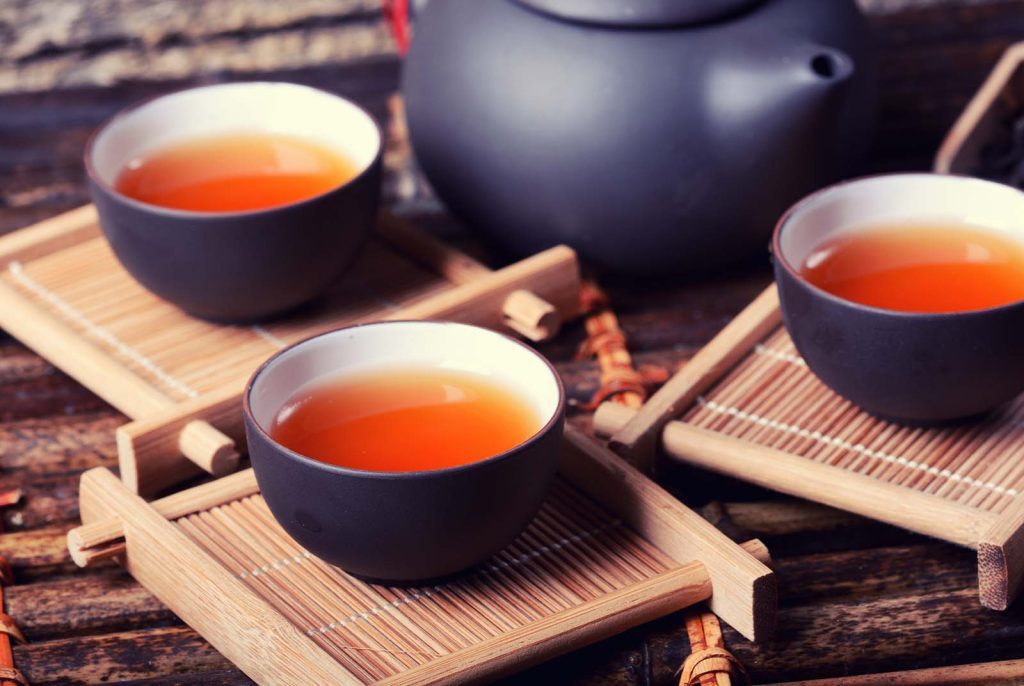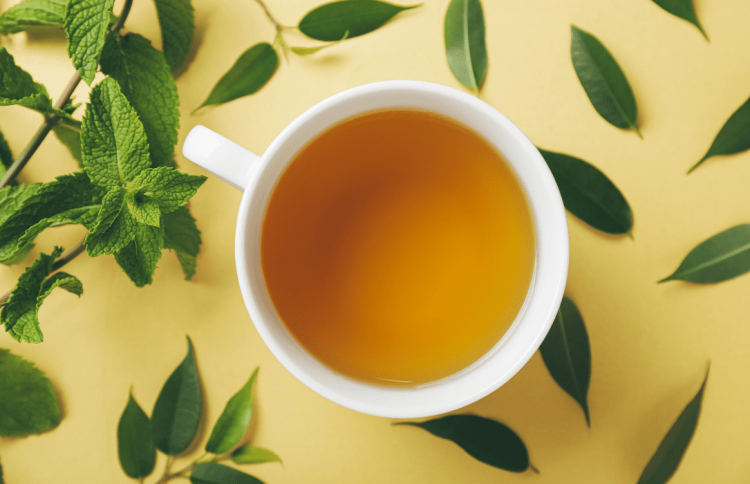Coffee and tea are among the most popular beverages in the world, enjoyed by millions daily. However, many people wonder if these drinks can cause their teeth to yellow or stain over time. While the answer isn’t as straightforward as a simple “yes” or “no,” there are certain factors that contribute to the staining of teeth when consuming coffee and tea. In this article, we will explore how these beverages affect your teeth, the reasons behind tooth discoloration, and effective strategies to prevent yellowing.
How Coffee and Tea Affect Your Teeth
Both coffee and tea can cause staining, though the degree to which they affect your teeth depends on various factors like the type of beverage, how often you drink them, and your oral hygiene habits. The main cause of staining is the presence of certain compounds that are naturally found in these drinks.
1. Tannins and Staining
One of the primary culprits in staining from coffee and tea is tannins. Tannins are polyphenolic compounds found in both coffee and tea that contribute to the astringent taste of these beverages. Tannins can bind to proteins in your saliva and on the surface of your teeth, creating a sticky substance that can cause discoloration over time.
Why tannins stain teeth:
- Tannins can adhere to the enamel (the outer layer of your teeth), creating a yellowish or brownish stain.
- The longer the tannins sit on the surface of your teeth, the more they can penetrate the enamel, leading to deeper, more stubborn stains.
2. Acidic Nature of Coffee and Tea
Both coffee and tea are mildly acidic. Acidic beverages can erode the enamel on your teeth, making it more porous and susceptible to staining. When the enamel becomes thinner, the underlying dentin (the yellowish tissue beneath the enamel) becomes more visible, contributing to a yellow appearance.
How acidity affects your teeth:
- The acid in coffee and tea can gradually weaken and wear away the enamel.
- Thinning enamel allows the natural yellowish color of dentin to shine through, leading to a yellowish tint on your teeth.
3. Dark Pigments
Coffee, especially dark-roasted varieties, and some types of tea, like black tea, contain dark pigments that can adhere to the enamel. These pigments, known as chromogens, are deeply pigmented molecules that can cause significant staining if left untreated.
How dark pigments contribute to staining:
- Chromogens from coffee and tea can attach to enamel and cause visible discoloration.
- These pigments are difficult to remove with brushing alone, leading to long-term staining if proper care is not taken.
How to Prevent Teeth from Yellowing Due to Coffee and Tea
While drinking coffee and tea can contribute to staining, there are effective strategies you can adopt to prevent your teeth from yellowing. With some care and attention, you can still enjoy these beverages without worrying about the long-term impact on your smile.
1. Practice Good Oral Hygiene
The most important step in preventing staining is maintaining a consistent oral hygiene routine. Brushing your teeth twice a day with fluoride toothpaste, flossing daily, and using mouthwash can help remove food particles and plaque before they cause discoloration.
Key oral hygiene practices:
- Brush your teeth within 30 minutes of drinking coffee or tea to remove any particles or pigments before they can settle on your enamel.
- Use fluoride toothpaste, which helps strengthen enamel and prevent plaque buildup.
- Floss daily to remove food and drink residue between your teeth, where your toothbrush may not reach.
- Use mouthwash with fluoride to help protect your teeth from staining.
2. Drink Water After Coffee or Tea
Drinking water immediately after consuming coffee or tea can help wash away pigments and acids that contribute to staining. Water helps dilute the substances in these drinks, making it less likely for them to stick to your teeth.
How drinking water helps:
- Water helps rinse your mouth and neutralize the acidity from coffee or tea.
- Drinking water reduces the amount of tannins and dark pigments left on your teeth.
- It promotes saliva production, which naturally helps cleanse the mouth.
3. Use a Straw
When drinking iced coffee, iced tea, or hot tea, using a straw can help minimize direct contact between the liquid and your teeth. By drinking through a straw, you bypass the teeth and reduce the amount of staining agents that can adhere to your enamel.
Benefits of using a straw:
- A straw helps direct the beverage to the back of your mouth, reducing contact with your teeth.
- It minimizes the exposure of your teeth to tannins, acids, and dark pigments, leading to less staining.
4. Rinse with Water or Chew Sugar-Free Gum
After drinking coffee or tea, it can be helpful to rinse your mouth with water or chew sugar-free gum to stimulate saliva production. Saliva acts as a natural buffer against acid and helps neutralize the effects of coffee or tea on your enamel.
Why rinsing or chewing gum helps:
- Rinsing with water can remove any remaining residue and wash away acidic substances.
- Chewing sugar-free gum promotes saliva flow, which helps to neutralize acids and protect your enamel.
- Saliva helps remineralize enamel, making it more resistant to staining.
5. Limit Additives Like Sugar and Cream
Adding sugar, cream, or flavored syrups to your coffee or tea can worsen the potential for staining. Sugar feeds harmful bacteria in your mouth, which produces acids that erode enamel and make it more susceptible to discoloration. Additionally, sugary drinks can promote plaque buildup, which can further increase staining.
How to reduce staining with additives:
- Avoid excessive sugar in your coffee or tea to reduce plaque and bacteria buildup.
- Opt for natural sweeteners like stevia or use less sugar if necessary.
- Consider drinking your coffee or tea without cream, as creamy drinks can sometimes create a film on your teeth that traps pigments and bacteria.

6. Choose Lighter Teas
If you love tea but are concerned about staining, consider switching to lighter teas like green tea, white tea, or herbal teas. These teas contain fewer tannins and pigments compared to black tea, which can reduce the likelihood of staining.
Lighter tea options:
- Green tea has a lower tannin content and is less likely to cause discoloration.
- White tea is the least processed and has a mild flavor, making it less likely to stain teeth.
- Herbal teas (like chamomile or peppermint) typically don’t contain tannins and are much gentler on your enamel.
7. Regular Dental Checkups and Cleanings
Visiting your dentist for regular checkups and professional cleanings is essential for preventing and treating any staining that may occur from coffee and tea consumption. Your dentist can remove surface stains and give you advice on how to keep your teeth looking bright and healthy.
Why dental checkups are important:
- Dentists can remove surface stains caused by coffee and tea with professional cleaning.
- Regular dental visits ensure that your enamel is in good condition and free from decay.
- Your dentist can provide teeth whitening treatments or recommend products to help maintain a white smile.
Teeth Whitening Options for Stubborn Stains
If you’re already dealing with stubborn stains from coffee or tea, there are teeth whitening treatments available to restore the brightness of your smile.
1. Over-the-Counter Whitening Products
There are many whitening products available at your local drugstore, including whitening toothpaste, strips, and gels. These products typically contain hydrogen peroxide or carbamide peroxide, which helps break down stains on the surface of your teeth.
Examples of whitening products:
- Whitening toothpaste: Contains mild abrasives to scrub away surface stains.
- Whitening strips: Thin plastic strips coated with a whitening gel that you apply directly to your teeth.
- Whitening trays: Custom-fit trays filled with a whitening gel that you wear over your teeth.
2. Professional Teeth Whitening
For more significant staining, professional whitening treatments from a dentist can provide faster and more noticeable results. Dentists use stronger whitening agents that are safe and effective for removing deeper stains.
Professional whitening options:
- In-office whitening: A dentist applies a powerful whitening gel to your teeth and activates it with a special light.
- At-home whitening kits: Your dentist can provide custom trays and whitening gel for at-home use with professional strength.
Conclusion
Drinking coffee and tea can indeed contribute to teeth staining, but with proper care and preventive measures, you can continue to enjoy these beverages without worrying about yellowing or discoloration. Practice good oral hygiene, drink water after consuming coffee or tea, and limit the addition of sugar or cream. For those already dealing with stains, there are effective teeth whitening treatments available. With these tips, you can maintain a bright, healthy smile while still savoring your favorite cups of coffee and tea.













































Discussion about this post